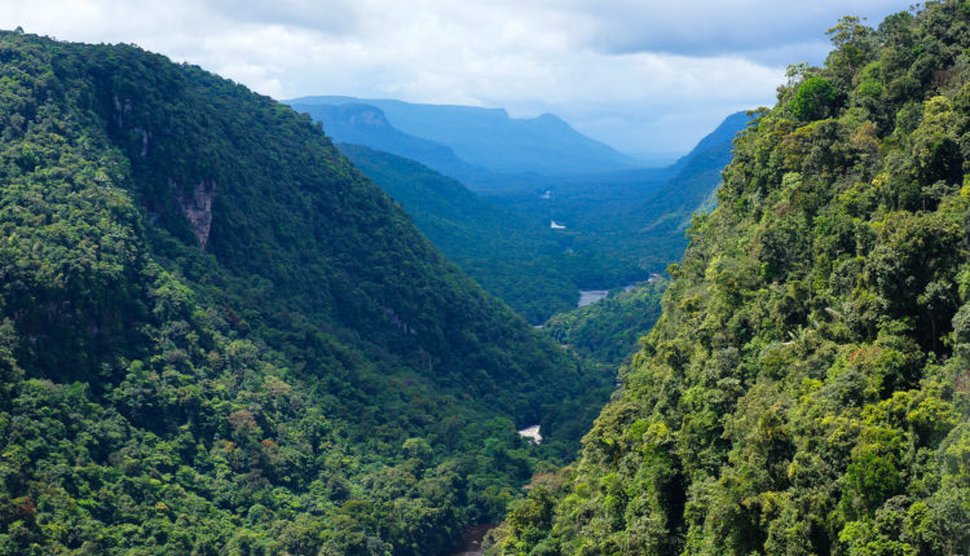Special report
Indigenous groups in Guyana raise alarm over historic issuance of carbon credits by Norwegian-funded certifier
If you are new to Development Today and would like to continue reading this article, send us a mail at subscribers@devtoday.no, including your name, title, organisation, and email contact, and you will receive a free Guest Pass, along with weekly updates.

